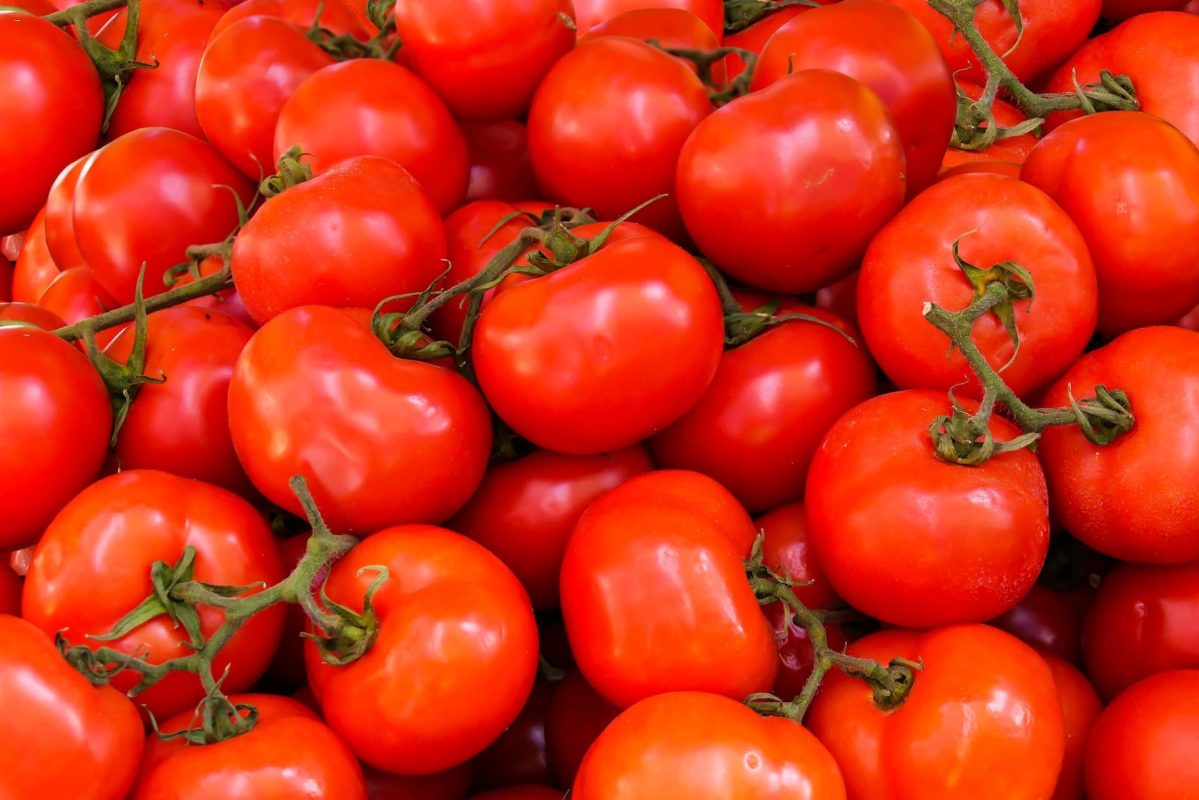YETRAC
Ultimate Guide to Tomato Fertilization: Tips for Healthy Plants and Bountiful Harvests
Ultimate Guide to Tomato Fertilization: Tips for Healthy Plants and Bountiful Harvests
Introduction
Tomatoes are one of the most popular and rewarding plants to grow in your garden. To ensure robust growth and abundant harvests, proper fertilization is key. In this comprehensive guide, we will walk you through the essential steps of tomato fertilization. From understanding soil requirements to selecting the right fertilizers and implementing effective techniques, you’ll gain valuable insights to optimize your tomato plants’ nutrient intake.
Soil Analysis
Before you begin fertilizing your tomato plants, it’s crucial to perform a soil analysis. This analysis will provide insights into the soil’s pH level, nutrient content, and structure. Understanding your soil’s composition allows you to make informed decisions about the appropriate fertilizers and amendments to use.
Fertilizer Selection
When it comes to fertilizing tomatoes, selecting the right fertilizer is vital. Look for a balanced fertilizer with an NPK (nitrogen-phosphorus-potassium) ratio specifically formulated for vegetables. Typically, a fertilizer with an NPK ratio of 10-10-10 or 14-14-14 works well for tomatoes. Additionally, consider organic fertilizers rich in compost, manure, or seaweed extracts for a more sustainable approach.
Pre-Planting Fertilization
Before transplanting your tomato seedlings or planting tomato seeds, prepare the soil by incorporating organic matter and slow-release fertilizer. Mix the fertilizer evenly into the planting area, ensuring it’s well-distributed. This pre-planting fertilization provides a nutrient-rich foundation for the young tomato plants.
Side-Dressing during Growth
As your tomato plants grow, they will benefit from additional fertilization. Side-dressing is a technique where you apply fertilizer along the sides of the plant rows, providing nutrients directly to the root zone. Use a balanced fertilizer and apply it at regular intervals, following the recommended dosage on the fertilizer packaging.
Mulching
Mulching is an excellent practice for tomato plants, as it helps retain moisture, suppresses weed growth, and regulates soil temperature. Organic mulch, such as straw or wood chips, also adds nutrients to the soil as it breaks down. Apply a layer of mulch around the base of the tomato plants, leaving a small gap around the stem to prevent moisture-related issues.
Regular Watering
Tomatoes have high water requirements, especially during the fruiting stage. Proper watering is crucial for nutrient uptake and preventing blossom-end rot. Water deeply and consistently, ensuring the soil remains evenly moist but not waterlogged. Avoid overhead watering, as it can increase the risk of foliar diseases.
Foliar Feeding
In addition to soil fertilization, foliar feeding can supplement your tomato plants’ nutrient needs. Foliar sprays containing micronutrients can be applied directly to the leaves, allowing for quick absorption. However, foliar feeding should be used as a complementary method and not a replacement for soil fertilization.
Disease and Pest Management
While fertilizing your tomato plants, it’s essential to remain vigilant against diseases and pests. Regularly monitor your plants for signs of common tomato diseases, such as blight or powdery mildew. Implement appropriate disease management strategies, such as crop rotation, proper sanitation, and organic pest control methods.
Pruning and Support
Tomato plants benefit from pruning and support to improve air circulation, prevent disease, and maximize sunlight exposure. Prune excessive foliage and suckers, and provide adequate support with stakes, cages, or trellises. This promotes healthier growth and reduces the risk of branches breaking under the weight of the fruit.
Regular Monitoring and Maintenance
Throughout the growing season, regularly monitor your tomato plants for any signs of nutrient deficiencies, pests, or diseases. Adjust your fertilization schedule as needed based on the plant’s response and visual indicators. Remove any weeds that compete for nutrients and provide proper ventilation by spacing plants appropriately.
Harvesting and Post-Harvest Care
Once your tomato plants have produced ripe fruit, harvest them promptly to encourage continued production. Proper post-harvest care, such as storing tomatoes at optimal temperatures and handling them gently, ensures their quality and extends their shelf life.
Conclusion
Achieving healthy and productive tomato plants relies on proper fertilization practices. By performing a soil analysis, selecting the right fertilizers, implementing side-dressing techniques, mulching, and practicing regular watering, you can provide your tomatoes with the nutrients they need for robust growth and bountiful harvests. Remember to remain vigilant against pests and diseases, and provide appropriate support and maintenance. With these guidelines, you’ll be well on your way to growing delicious, homegrown tomatoes in your garden.

